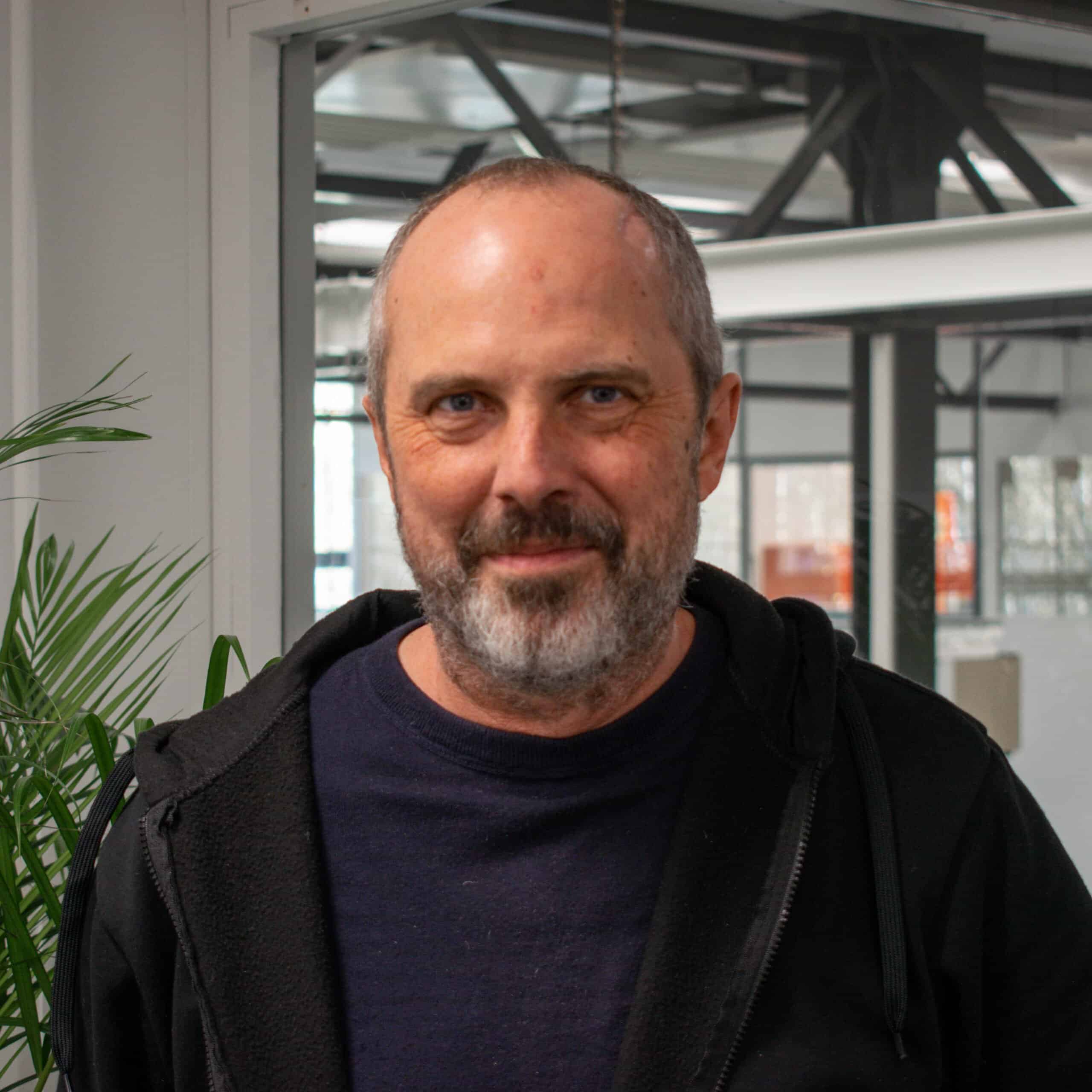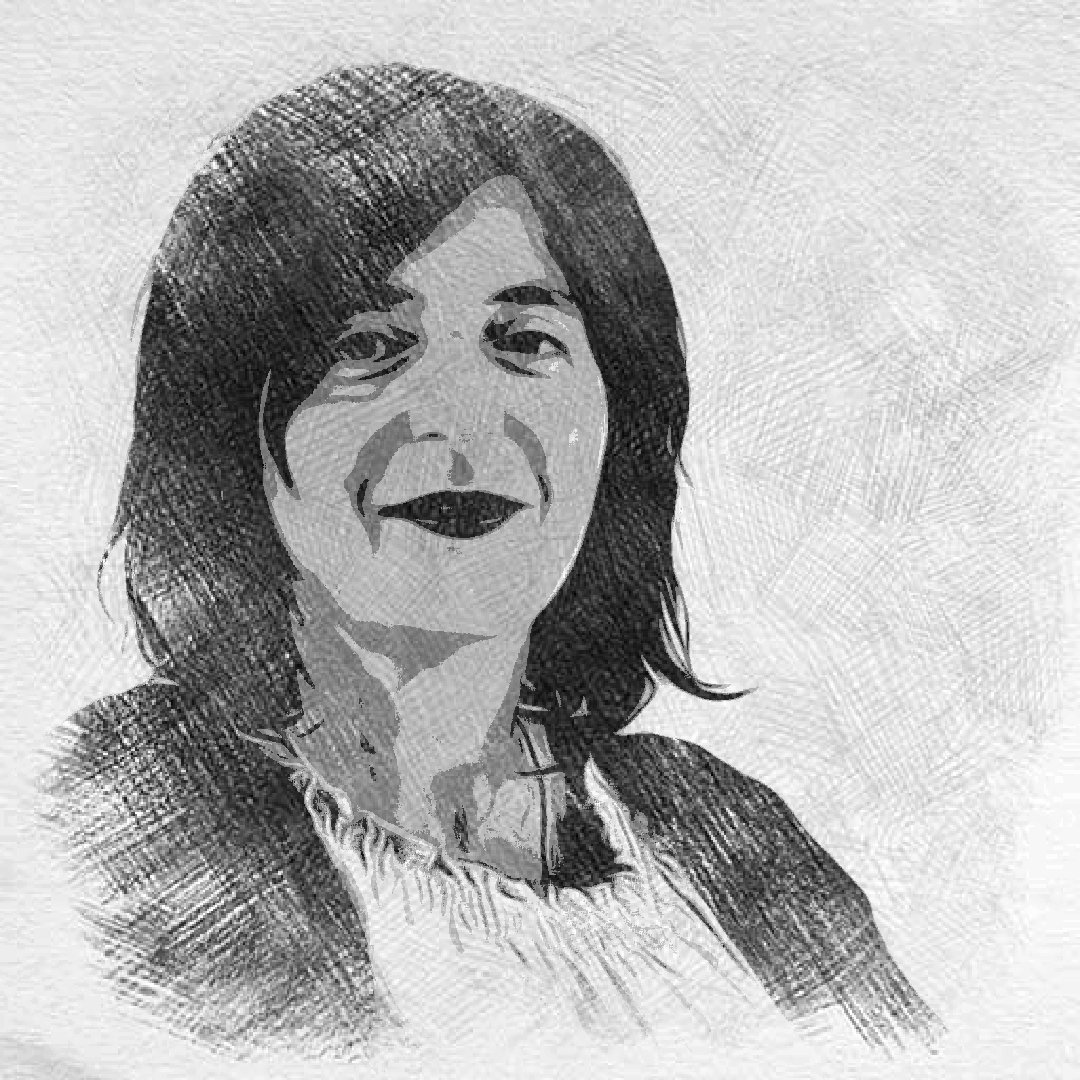Innovation Origins is delving deeper. In addition to the usual news items about innovation and technology, our journalists spend a week zooming in on important topics. Our first dossier is all about start-ups founded by women. Read all our articles here.
Consumers are more frequently making a conscious choice for ethical clothing. Whether they be fair trade or made with respect for the environment. Even Marcella Wijngaarden (26), Melissa Wijngaarden (24) and Noor Veenhoven (26), (at the time students of Nature & Astronomy, and Economics & Business Administration at the UvA), eventually only wanted to have this kind of ethical clothing in their wardrobe. But in practice it turned out to be quite a chore to find these kinds of clothes and to figure out which clothing brands are genuinely being produced in a sustainable way. Hence the birth of Project Cece: an online platform collective for fair and sustainable fashion. Project Cece – the two C’s stand for Conscious Clothing – links the full range of sustainable online stores, from small-sized to large web shops.
Founded in 2016 and initially funded with their own resources, the start-up has taken off fast after rave reviews in the media. Following success in Germany, it has also recently launched a website serving the UK. This was made possible thanks to growth capital from the ASIF student fund.
“We are currently working on a new investment round aimed at further growth within Europe,” says CTO Marcella Wijngaarden over a telephone call from the United States. Apart from being CTO of Project Cece and as such responsible for the technology and development of the company, Wijngaarden is in fact a PhD student at the Faculty of Mathematical Sciences at the University of Southampton. And she is currently in New York for her PhD research on gravitational waves and neutron stars.
How did you come up with the idea to set up an online platform collective for sustainable clothing?
“At a certain stage, we only wanted to wear ethical clothing, but finding this kind of sustainable clothing turned out to be quite a challenge. For example, if I was looking for a pair of black pants, I would spend hours browsing all kinds of websites. Only to end up back at H&M or Zalando. Where everything is easy to find and neatly organized thanks to all kinds of filters. I thought: it should also be possible to make it a lot simpler like this for sustainable clothing, shouldn’t it?
I was doing a minor in programming as part of my bachelor’s degree at the time. One of the things we learned was how to work with webscrapers. These are codes that you can use to scroll down various websites in order to be able to use the data you gain from them afterwards. So, the idea for Project Cece originated mostly from laziness. We wanted to make it easy for people to buy sustainable fashion. That’s why we built a search engine that allows you to see at a glance what sustainable and fair clothing is for sale and in what way it qualifies as sustainable. We developed tools that allow you to load all kinds of small-sized web shops so that you can now find everything on one platform. The search for fair and sustainable clothing is consequently much easier and more transparent for consumers.”
What problem do you provide a solution for?
“Sustainable fashion is more difficult for consumers to find than fast fashion. A misconception is that more expensive brands will invariably be sustainable too. Expensive is not the same as sustainable! On the other hand, you know that when you buy a T-shirt for a few euros, it could never have been produced sustainably. Meanwhile, there is a whole arsenal of fair -as in sustainable – clothing. But this assortment is harder to find, because the information is scattered over a lot of small webshops. We indicate on our website what makes a brand sustainable and whether it has any fair trade certification labels, such as the Global Organic Textile Standard and Fair Trade International.
Sustainability has however also become a catch-all phrase that means something different to everyone. That’s why we have built in filters on our site that allow visitors to make their selection based on various aspects of sustainability:
- fair trade,
- environmentally friendly,
- vegan,
- locally produced and
- supports the local population.
Even if there is no child labour involved in the production of those clothes, are the factory workers in those low-wage countries actually being paid fairly? What about the company’s CO2 emissions, what raw materials do they use? Is the product made locally, in this case within Europe? Nowadays an increasing number of consumers only want to buy vegan products. For instance, shoes that are not made of leather. But we also look at what a company does within the environment where it is located. For example, do they also support the families of their workers? Do they offer training? Do they invest in local projects? All of these things can be found at a glance on our website.”
How does your product distinguish itself from the competition?
“We don’t have any real competition, as we’re pretty much the only one on the market offering this service for sustainable clothing. Although there are other clothing search engines, such as FashionChick and Kleding.nl. But they mainly focus on ‘fast fashion’. Moreover, other search engines often work together with affiliate networks: pricey companies that function as an intermediary between the webshop and the collective website. These companies provide the product data-feeds and earn commission on purchases made via the collective platform. However, it is relatively expensive to become an affiliate of such a party. Because we do all this ourselves, any established webshop with sustainable brands can join up without incurring high fees. Even the smaller ones. That makes us unique.”
What were the most difficult moments for you?
“It sounds a bit like a luxury problem, but in retrospect success may have come a little too quickly for us. The run on the site after a highly favorable review in de Volkskrant (one of the main Dutch daily newspapers, ed.) caught us by surprise. We couldn’t cope with all those visitors at first. It was a matter of learning as we went along. In the meantime, we have fixed the infrastructure. Apart from that, all of a sudden we had to get to work on marketing and promoting the company. You’ve launched a website, but how do you make sure people are aware of your website? We had to learn a lot in that area. But Noor and Melissa are now forging ahead on that too.”
Have you ever had the feeling that you were treated differently because you’re a woman?
“Because Noor and I studied physics and astronomy and my sister Melissa studied economics, we were all used to being heavily outnumbered as women. But yes, we had a conversation once with a potential investor in one of our projects where that did happen. Although Melissa, Noor and I asked that guy all sorts of questions, he kept turning to our male team member who was also present during that discussion. The guy also made all kinds of misogynistic jokes. Though I doubt that he was even aware of that. That collaboration ultimately didn’t eventuate. But it wasn’t someone we wanted to do business with either.
Another thing I often experience: e-mails where I am mistaken for a man. In these e-mails I’m always referred to as ‘Dear Marcel’, despite the fact that I sign my mails with my full name: Marcella. As if they don’t get it that you, as a woman, are also capable of having an understanding of technology.
What do you consider your greatest achievement?
All three of us were outsiders within the clothing industry and tech, yet we set up a successful and growing company in that industry! I am especially proud of the launch of the website. I found that really terrifying. After all, a project is never absolutely finished. There is always room for improvement. It was really great that I had Melissa and Noor around me saying: We’ll just go ahead and do it! That is also the pitfall that a lot of student start-ups face: that they are far too perfectionist. It’s really important that someone else can say to you: it’s fine the way it is.
What are your plans for the coming year?
So we are working on a deal for 100,000 euros which we want to use to finance our expansion into the European market. We’ve already covered Germany and Great Britain, but still see plenty of opportunities for growth. We also want to expand our Fair Fashion Gift Card, which we launched last year. This is a gift card for sustainable fashion, something we would also like to link to companies. So that they could use it as a business gift, for one thing.
What do you want to achieve over the next 5 years?
We aim to keep on developing our company. We would like to break out of the niche that we currently find ourselves in. With the ultimate goal of becoming the sustainable alternative to Zalando.



 This dossier on women-run start-ups was created by Erzsó Alföldy. It is supplemented with articles by other authors at Innovation Origins. Erzsó explains why she wrote this dossier: It is not so long ago that Dutch women had to stop working once they got married and started having children. While my own single mother had to work full-time and even six days a week in my native country, communist Hungary in those days. The fact that she also worked in a technical profession would be highly laudable from an emancipatory point of view. However, my mother didn’t like that at all – no more than many Dutch women did who were forced to waste their time at home without being able to develop their talents and without any prospect of economic independence. Ultimately, what matters is that you have a choice. And that the preconditions are in place to be able to make such a well-informed choice. Which goes further than just equal pay – however important this may be. It’s about equal opportunities for women and men. And it’s not just about who is appointed, but also about the underlying structures. Why is this important? Besides the value for women themselves and the economic importance of ensuring that female talent is not overlooked, it has also been proven that greater diversity benefits organizations.
This dossier on women-run start-ups was created by Erzsó Alföldy. It is supplemented with articles by other authors at Innovation Origins. Erzsó explains why she wrote this dossier: It is not so long ago that Dutch women had to stop working once they got married and started having children. While my own single mother had to work full-time and even six days a week in my native country, communist Hungary in those days. The fact that she also worked in a technical profession would be highly laudable from an emancipatory point of view. However, my mother didn’t like that at all – no more than many Dutch women did who were forced to waste their time at home without being able to develop their talents and without any prospect of economic independence. Ultimately, what matters is that you have a choice. And that the preconditions are in place to be able to make such a well-informed choice. Which goes further than just equal pay – however important this may be. It’s about equal opportunities for women and men. And it’s not just about who is appointed, but also about the underlying structures. Why is this important? Besides the value for women themselves and the economic importance of ensuring that female talent is not overlooked, it has also been proven that greater diversity benefits organizations.